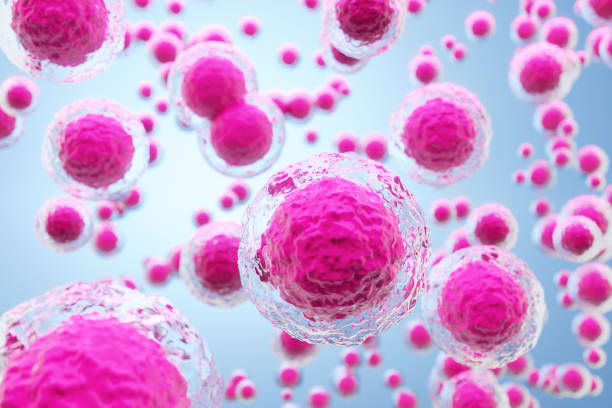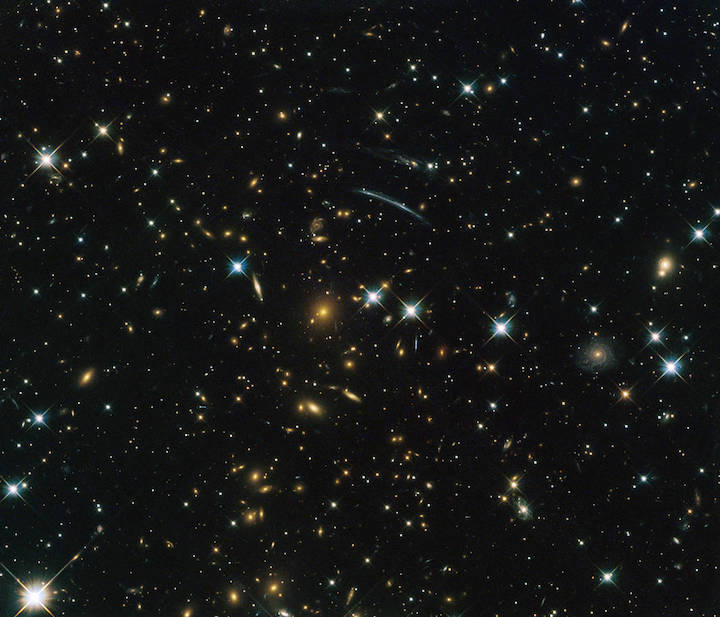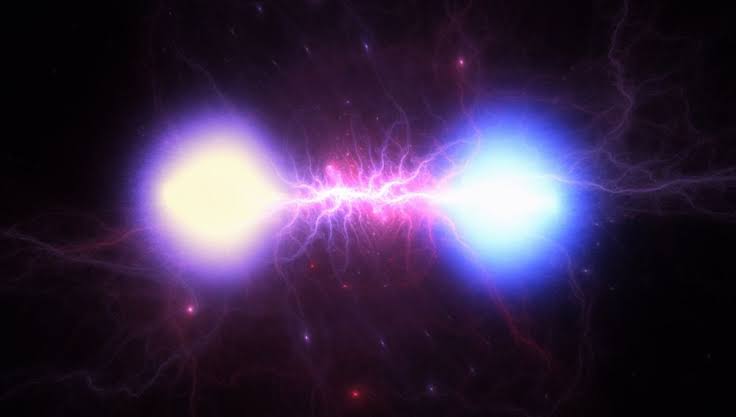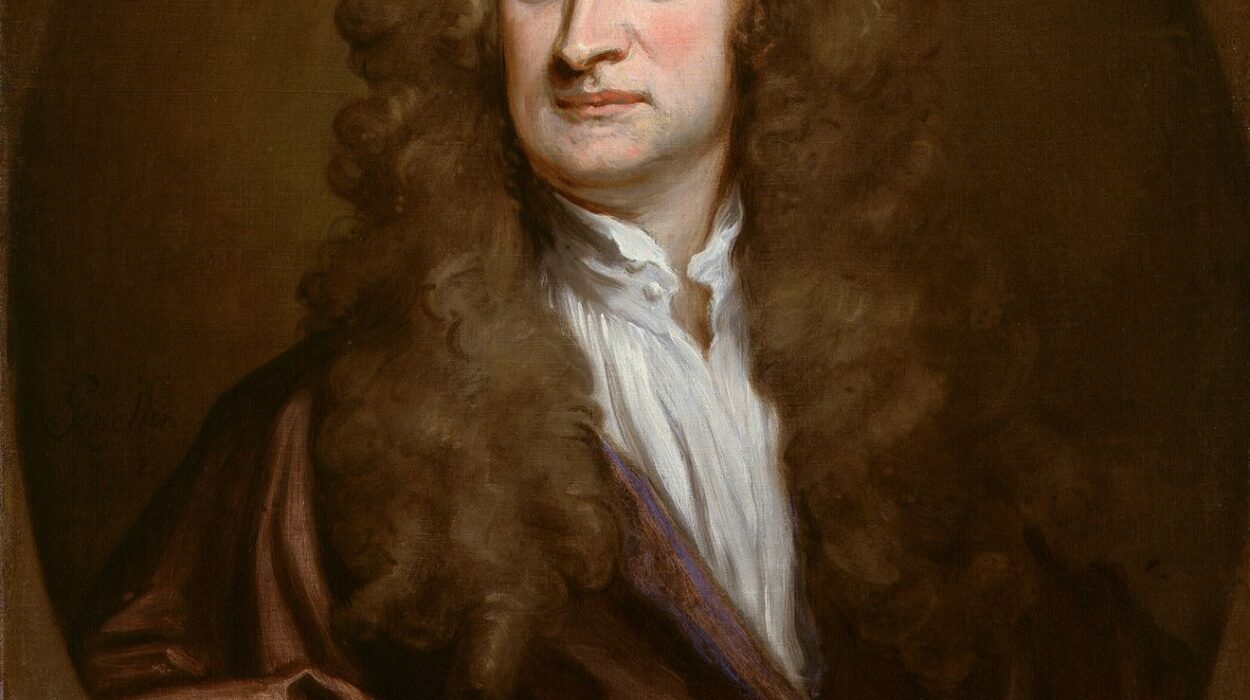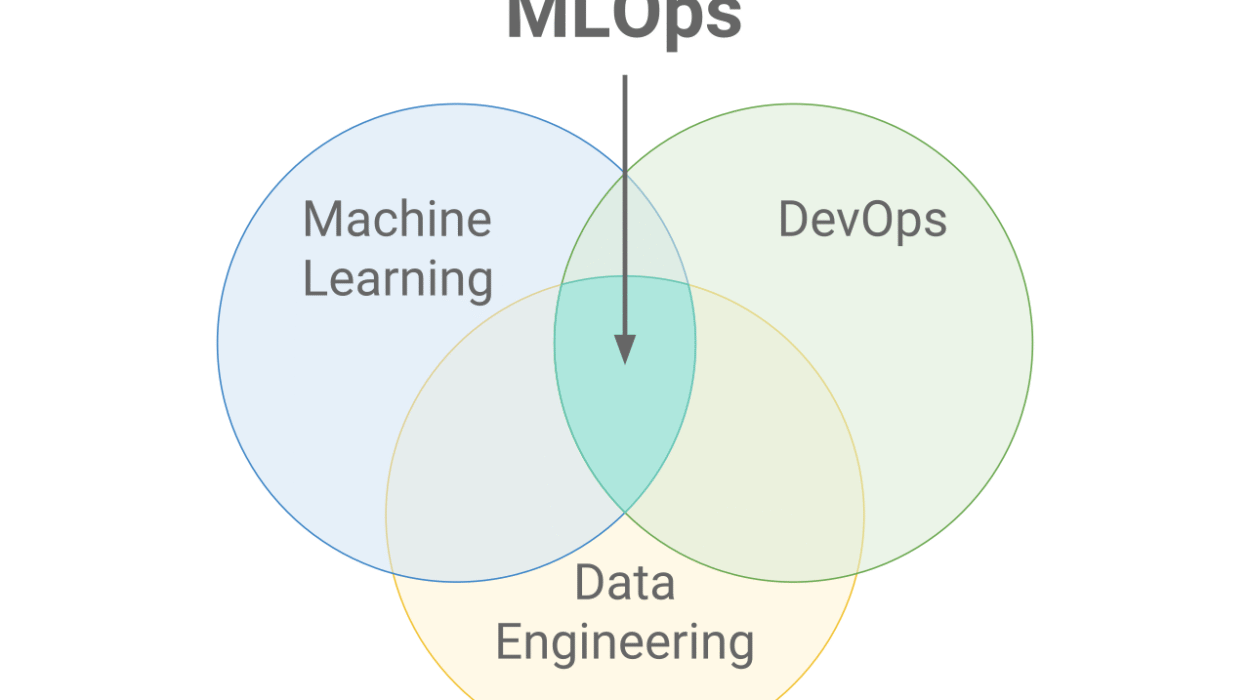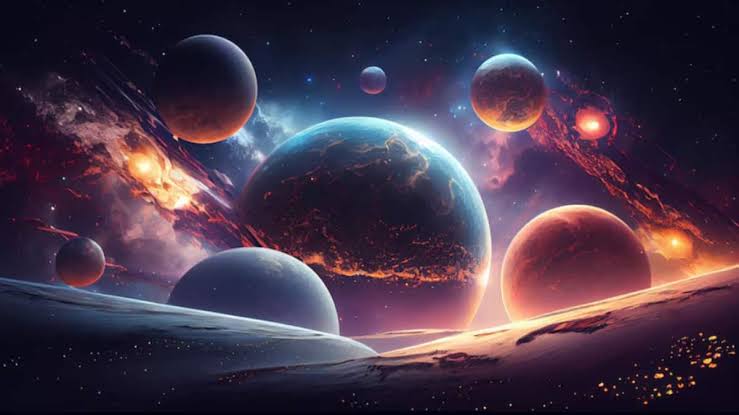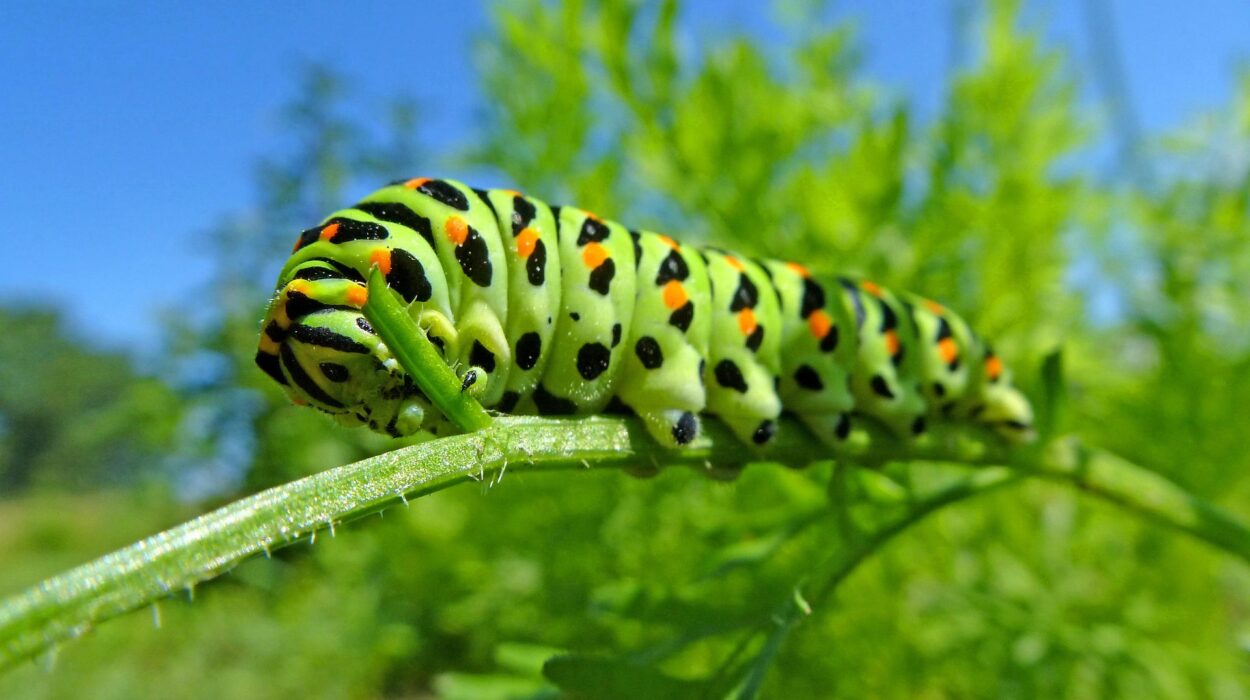Biology is the story of life itself—the science that dares to understand the beating heart of existence. It is not just a field of study; it is humanity’s lifelong conversation with nature, an attempt to unravel how living things breathe, grow, evolve, and connect. Every discovery in biology has reshaped our understanding of who we are, where we come from, and how life continues to thrive on this blue planet.
From the invention of the microscope to the mapping of the human genome, biology’s greatest discoveries have not only changed science but transformed medicine, agriculture, ethics, and even our sense of identity. This is the journey through ten of the most important discoveries in biology—ten moments when curiosity met revelation, and humanity learned to see life in a completely new light.
1. The Discovery of the Cell – The Birth of Modern Biology
In the mid-17th century, a curious Englishman named Robert Hooke peered through a primitive microscope at a thin slice of cork. What he saw would forever change our understanding of life. He described small, box-like compartments that reminded him of monastery rooms—or “cells.” With that simple observation, the cell became the foundation of biology.
Later, in the 19th century, Matthias Schleiden and Theodor Schwann expanded Hooke’s finding into the Cell Theory, declaring that all living organisms are composed of one or more cells, and that the cell is the basic unit of structure and function in living things.
Then Rudolf Virchow added the final piece of the puzzle: “Omnis cellula e cellula”—all cells come from pre-existing cells. This realization shattered the ancient belief in spontaneous generation and marked the dawn of cellular biology.
Today, we know that every heartbeat, every thought, and every breath begins with cells. These microscopic units hold the key to growth, healing, and the entire choreography of life. From bacteria to blue whales, every organism shares this cellular foundation—reminding us that life’s complexity begins with something beautifully simple.
2. The Theory of Evolution by Natural Selection – Understanding Life’s Diversity
Few ideas have reshaped human thought as profoundly as Charles Darwin’s theory of evolution. When On the Origin of Species was published in 1859, it ignited both wonder and controversy. Darwin proposed that all species evolve over time through a process he called natural selection—where individuals with traits better suited to their environment are more likely to survive and reproduce.
This was not just a biological insight; it was a philosophical revolution. Darwin’s theory connected every organism—past and present—into a single grand family tree. It showed that life is not fixed but fluid, shaped by adaptation, struggle, and chance.
Today, evolution explains everything from the beaks of finches to antibiotic resistance in bacteria. It is the unifying framework of modern biology, connecting genetics, ecology, and paleontology.
Darwin’s discovery also humbled us: we are not separate from nature but part of it, molded by the same forces that shape every living being. The theory of evolution is not just a scientific milestone—it is the story of life’s endless creativity.
3. The Discovery of DNA – The Blueprint of Life
In 1953, two young scientists—James Watson and Francis Crick—announced a discovery that cracked the code of heredity itself: the double-helix structure of DNA. With the help of Rosalind Franklin’s X-ray diffraction images, they revealed that deoxyribonucleic acid (DNA) is the molecule that carries the instructions for all life.
DNA’s elegant spiral shape—two strands wound around each other—holds a universal code written in four chemical letters: A, T, C, and G. These bases form sequences that determine everything from eye color to enzyme function.
The discovery of DNA’s structure transformed biology from a descriptive science into a molecular one. It explained how traits are inherited, how mutations occur, and how evolution operates at the genetic level.
Later, breakthroughs like the Human Genome Project allowed scientists to map every gene in our DNA, unlocking the potential for genetic medicine, forensic science, and biotechnology.
DNA is more than a molecule—it is life’s autobiography, written over billions of years, telling the story of every creature that has ever lived.
4. The Germ Theory of Disease – From Superstition to Science
Before the 19th century, disease was often blamed on curses, bad air, or divine punishment. Then came Louis Pasteur and Robert Koch, whose experiments would revolutionize medicine and save countless lives.
Pasteur demonstrated that microorganisms—not evil spirits—were responsible for fermentation, spoilage, and infection. Koch later identified the bacteria that caused anthrax, tuberculosis, and cholera, establishing what are now known as Koch’s postulates, the gold standard for linking microbes to disease.
This was the birth of the Germ Theory of Disease, one of the greatest breakthroughs in biology and medicine. It laid the foundation for hygiene, vaccination, and antibiotic development.
With germ theory, humanity gained its first real weapon against invisible enemies. Handwashing, sterilization, and vaccination became acts of life-saving science. The work of Pasteur and Koch not only transformed hospitals and laboratories but also extended the human lifespan dramatically.
Today, germ theory remains one of biology’s cornerstones, proving that knowledge can conquer fear and superstition.
5. The Discovery of Microorganisms – A New World in a Drop of Water
Long before germ theory, in the late 1600s, a Dutch tradesman named Antonie van Leeuwenhoek used his handcrafted microscopes to peer into a drop of pond water. What he saw was astonishing: a bustling world of tiny creatures—“animalcules,” as he called them—swimming, dividing, and thriving.
These were the first glimpses of bacteria and protozoa, organisms invisible to the naked eye yet vital to all life. Leeuwenhoek’s discovery opened humanity’s eyes to the microbial world—a universe within our own.
Centuries later, microbiology revealed that these microscopic beings are everywhere: in our soil, oceans, and even our own bodies. They help digest food, cycle nutrients, and regulate ecosystems.
Without microorganisms, life as we know it would collapse. Leeuwenhoek’s simple curiosity—his desire to see what no one else had—revealed that the smallest things often have the greatest power.
6. Mendel’s Laws of Inheritance – The Birth of Genetics
In a quiet monastery garden in the 1860s, an Austrian monk named Gregor Mendel patiently cultivated pea plants. Through years of meticulous breeding experiments, he uncovered the fundamental principles of heredity.
Mendel discovered that traits are inherited through discrete “factors” (now known as genes) that follow predictable patterns. His laws of segregation and independent assortment showed that traits don’t blend like paint—they are passed on through specific units of inheritance.
Although Mendel’s work went unnoticed during his lifetime, it became the cornerstone of modern genetics when rediscovered in the early 20th century. His experiments transformed biology into a quantitative science, uniting mathematics and heredity.
Today, every field of biology—from agriculture to medicine—rests upon Mendel’s discoveries. Through his peas, he taught the world how traits travel through generations and how diversity arises from the simple act of inheritance.
7. The Discovery of Photosynthesis – The Power of Light and Life
For centuries, people wondered how plants grew from soil, air, and sunlight. The answer, discovered gradually over hundreds of years, revealed one of nature’s most miraculous processes: photosynthesis.
In the 18th century, scientists like Jan Ingenhousz and Joseph Priestley showed that plants could purify air and produce oxygen, but only in sunlight. Later, it became clear that plants use carbon dioxide and water to create glucose—their food—through light energy captured by chlorophyll.
Photosynthesis is life’s energy engine. It fuels ecosystems, produces oxygen, and forms the foundation of the food chain. Without it, Earth would be a lifeless rock adrift in space.
The discovery of photosynthesis bridged chemistry and biology, showing how energy flows through living systems. It also inspired future innovations—solar energy research, carbon cycling studies, and ecological conservation all trace back to this vital process.
Every breath you take is a gift from photosynthesis—the silent, green miracle that keeps our planet alive.
8. The Discovery of the Structure of Proteins and Enzymes – The Machinery of Life
In the early 20th century, biologists realized that proteins were the workhorses of life—building tissues, catalyzing reactions, and regulating cellular function. But how did they work?
The answer came through the combined brilliance of scientists like Linus Pauling, Max Perutz, and Dorothy Hodgkin. They uncovered the three-dimensional structures of proteins and enzymes, revealing their intricate folding patterns and chemical dynamics.
This discovery showed that a protein’s function depends on its shape—and that even a tiny change in structure can lead to disease. Understanding enzymes also explained how cells speed up life’s chemical reactions with astonishing precision.
The unraveling of protein structure marked the beginning of molecular biology. It allowed scientists to design drugs, understand diseases, and eventually engineer new proteins for medical and industrial use.
Proteins are the true machinery of life—the invisible gears that make every heartbeat, every thought, and every breath possible.
9. The Discovery of the Human Genome – Decoding Humanity
At the dawn of the 21st century, one of biology’s most ambitious projects reached completion: the Human Genome Project. This monumental international effort mapped all 3 billion base pairs in human DNA, identifying the estimated 20,000–25,000 genes that make us who we are.
For the first time, we had a complete blueprint of human life—a digital code that told the story of our evolution, health, and identity.
The project’s impact is profound. It revolutionized medicine, giving rise to personalized genomics, where doctors can tailor treatments to an individual’s genetic makeup. It also deepened our understanding of genetic diseases, ancestry, and even behavior.
But the genome’s greatest revelation was philosophical: humans share 99.9% of their DNA with one another, proving that beneath our differences, we are one species, one family.
The decoding of the genome is not the end of the story—it is the beginning of an era where biology and technology unite to shape the future of life itself.
10. The Discovery of CRISPR – Editing the Code of Life
The most recent revolution in biology began with a strange discovery in bacterial DNA. Scientists noticed repeating sequences separated by unique fragments—a system later named CRISPR (Clustered Regularly Interspaced Short Palindromic Repeats).
In 2012, Jennifer Doudna and Emmanuelle Charpentier discovered that this bacterial mechanism could be harnessed as a powerful tool for gene editing. Using CRISPR-Cas9, scientists can now cut, modify, and rewrite DNA with unprecedented precision.
The implications are staggering. CRISPR allows researchers to potentially cure genetic diseases, engineer crops for climate resilience, and even modify animal genomes.
But it also raises profound ethical questions. If we can edit life, where should we draw the line? The power to rewrite evolution itself forces humanity to confront its role as both observer and shaper of nature.
CRISPR represents both promise and responsibility—a reminder that the future of biology will depend not only on what we can do but on what we choose to do.
The Living Future of Biology
From the first look at a cell to the ability to edit the genetic code, biology has carried humanity from curiosity to creation. Every discovery builds upon the last, transforming mystery into understanding and understanding into power.
Today, biologists explore frontiers unimaginable to Hooke, Darwin, or Mendel—synthetic life forms, regenerative medicine, neural engineering, and ecosystems on other planets. The questions have evolved, but the spirit remains the same: a longing to know how life works and why it matters.
Biology is not just the study of organisms; it is the study of ourselves. Each discovery in this grand journey reminds us that life is both fragile and resilient, ordinary and miraculous. The cell, the gene, the molecule, the ecosystem—all are chapters in a living story that continues to unfold, written in the universal language of life.
As we look to the future, one truth stands clear: the more we learn about life, the more awe we feel for its complexity, its beauty, and its boundless potential. Biology, at its heart, is a celebration of existence itself.
